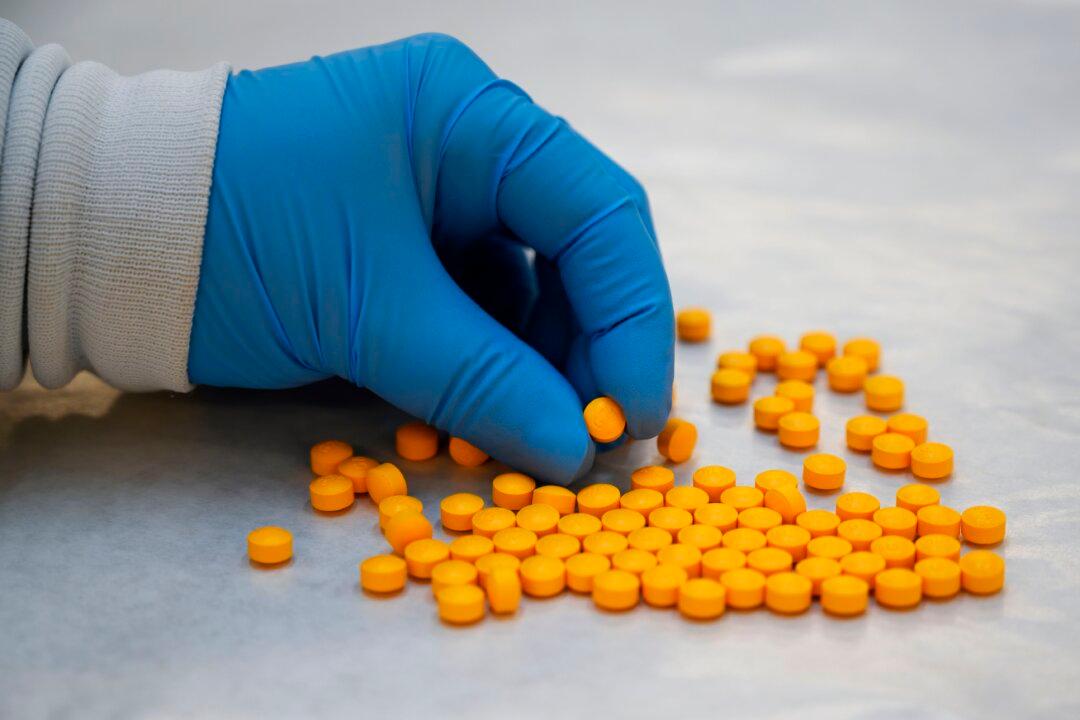Federal confiscations of synthetic drugs such as methamphetamine and fentanyl are rising in Mexico, according to data published on Dec. 27 by the Mexican Defense Department.
Fentanyl is a highly addictive and deadly drug of which just a two-milligram dose can prove fatal, while methamphetamine is a highly addictive stimulant that affects the central nervous system. The majority of meth in the United States is currently produced by cartels in Mexico.





